Last Monday afternoon, on a street corner in front of St George’s Anglican Church, with peak hour traffic building, one of the largest crowds to ever demonstrate in Geelong, expressed their support for asylum seekers loudly and enthusiastically.
The Geelong rally of course was just one of the many larger rallies around Australia held, following the High Court decision to deport back to Nauru detention centre, more than 267 asylum seekers who have been in Australia on a temporary basis, mostly for medical conditions.
Despite the grave nature of the protest, the crowd often erupted into cheers every time a passing car or truck beeped their approval, not unlike what might be heard on a Saturday afternoon from Kardinia Park down the road, the home of the famous Cats football team. It was a thrilling experience to be a part of.

Is in fact the mood in Australia over the current asylum seeker policy changing? Advocates for a more compassionate treatment of those seeking asylum have long despaired over the Australian government’s hard-line ‘stop the boats’ / border-protection enforcement. The government’s excuse that we need to imprison hundreds of men, women and children, who seek our protection in the hell-holes of Nauru and Manus Island, has been an impossible logic to swallow. The deaths, rapes and mental deterioration stories that have managed to leak out of the detention centres, have left many of us deeply troubled and disturbed that the official line is so rigid. Our previous good record for human rights has been properly trashed. So why now a change of mood? Some possible reasons may include the following:
1. The recent High Court decision to return the 267 asylum seekers (including 37 babies) to Nauru appears to have touched a raw nerve. The fact that this High Court decision was facilitated by an amendment to the Migration Act in 2015 – 198AHA –, drafted and supported by both Labor and the LNP, meant that off-shore detention was made always lawful. Closing this loophole meant that the High Court could make no other decision under the law. It was lawful but was it moral? Perhaps for the first time in asylum seeker policy, some Australians began to ask whether what was lawful was necessarily moral. The floodgates of concern were opening.
2. Doctors, psychologists and health professionals began to publicly speak about the horrific conditions in offshore detention that they were witnessing. Had this sort of outspokenness occurred in Australia before? A group of professionals were breaking the law for the moral good. It has been illegal for Australian doctors to speak up about child since the Australian Border Force Act, passed last May, made it a criminal offence for anyone working directly or indirectly for the Department of Immigration and Border Protection to reveal anything at all about conditions in detention centres, including Nauru and Manus Island.
Furthermore, the AMA, the peak medical body in Australia has announced a forum on February 21st at which they will ‘advocate for an urgent change in policy.’ (https://ama.com.au/article/asylum-seeker-forum)
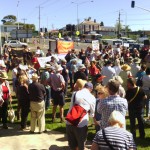
3. Churches began offering their buildings as places of protection for the 267 asylum seekers, invoking the historical concept of sanctuary. Hundreds of churches have now joined in the campaign. Could this be an opportunity for churches to redeem themselves after the shame of their historic blindness to child abuse by some of their ministers?
“Sanctuary was a concept that was certainly alive in the Middle Ages when people could go to a church, and particularly to a cathedral, and claim sanctuary and the church authorities could really grant them safety against the civic authorities,” said the Anglican Dean of Brisbane the Reverend Dr Peter Catt.
4. Then State government leaders began to offer to accept the asylum seekers. The dominoes were beginning to fall. Energies were changing. This was the first evidence of compassion shown by politicians in years.
All these responses, which occurred one after the other in a matter of days, certainly indicate that a mood has shifted at last. A limit had been reached. It seemed many people no longer swallowed the hollow excuse that we were obliged to lock up people who were fleeing danger and had sought our help, into cruel detention centres; to destroy a certain group of human beings to stop the people smugglers. A moral line was being crossed.
How was it better for people to suffer slowly and cruelly in camps than to drown quickly and silently at sea?
How did we know that turning back the boats was not causing deaths at sea? Border Force makes sure that such information is unobtainable.

Why were we not establishing regional refugee processing centres with source countries like Indonesia and Malaysia to quickly process refugees in their camps? Efficient processing, possibly including the transport of asylum seekers to Australia using the Air Force would completely cut out the people smugglers as legitimate players.
Why were we taking the expensive, lazy, cruel option to discourage those seeking our help?
The response from officials so far has been disappointing.
Prime Minister Turnbull has been merely transmitting the old Tony Abbott rhetoric of ‘stopping the boats’ with a more silver-tongued eloquence. His ‘protecting our borders’ response to the question of what to do with the 37 asylum seekers babies sounded frankly ludicrous.
Predictably Immigration Minister Peter Dutton’s response was a punitive one. When asked about the position of churches offering sanctuary, he reminded listeners that ‘well-intentioned’ people were not above the law. ‘In the end, people have to abide by Australia law, regardless of who they are’ he said.
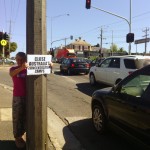
Then this week Department of Immigration and Border Protection secretary Michael Pezzullo reproached the media for less than perfect reporting on child abuse in Nauru, saying that a five year old child reported as raped on Nauru was 10 years old and suffered only “skin-to-skin” contact with another detainee child on the island. I would have thought sexual and inappropriate behaviour amongst children was an indication of a broken system. He took the opportunity of lecturing those of us who believe the offshore detention system is dysfunctional. “No amount of moral lecturing by those who seem not to comprehend the negative consequences of an open-borders policy will bring forth solutions,” he said. No refugee advocates ever suggested open borders.
In other words what we have is an official stone-walling from politicians and bureaucrats in the face of mounting evidence of policies that possibly will require scrutiny in the future from a Royal Commission. The question is whether or not this growing public mood for a more compassionate policy will prevail.
STOP PRESS:
At yesterdays’ rally I started talking to a young man standing next to me who was taking videos and forwarding them on his I-phone. He didn’t look very ASIO-like, but my writer’s curiosity got the better of me and I quickly discovered that he had been working on Nauru as a teacher for Save the Children. It was soon obvious where his sympathies lay. In the course of the conversation he assured me conditions on Nauru, both in the camps and in the community were worse than anything we were being told. He was obviously a man suffering from the stress of seeing close at hand a system that crushed and destroyed human beings. He was sending videos of our rally to friends in the camps on Nauru and he showed me some of their responses which were truly moving. Their spirits were buoyed up by our demonstrations, they said.
It appears there is still much about the offshore camps that is being hidden from the Australian public.
I have offered to interview him for a future story. Stay posted.

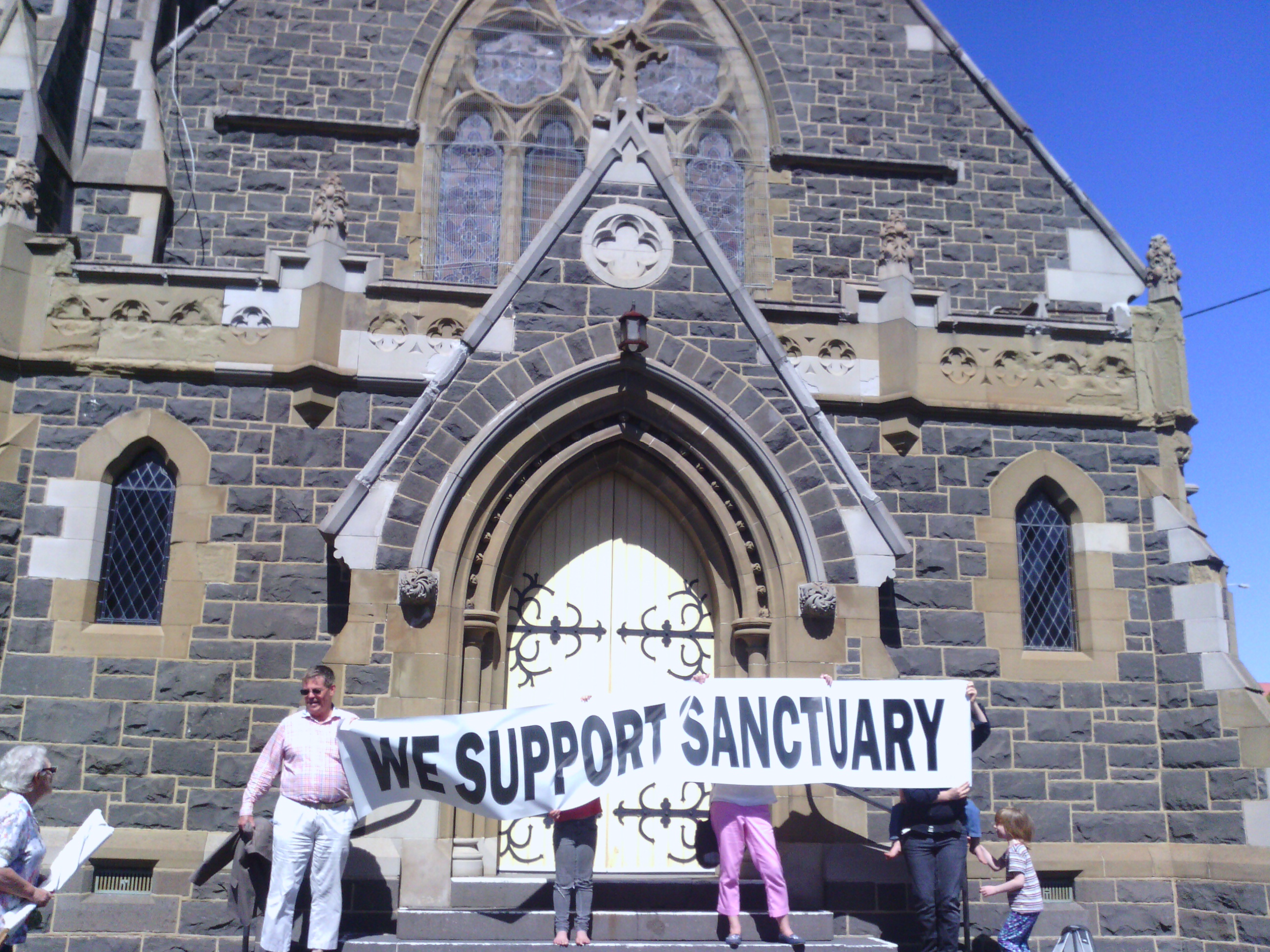
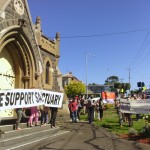


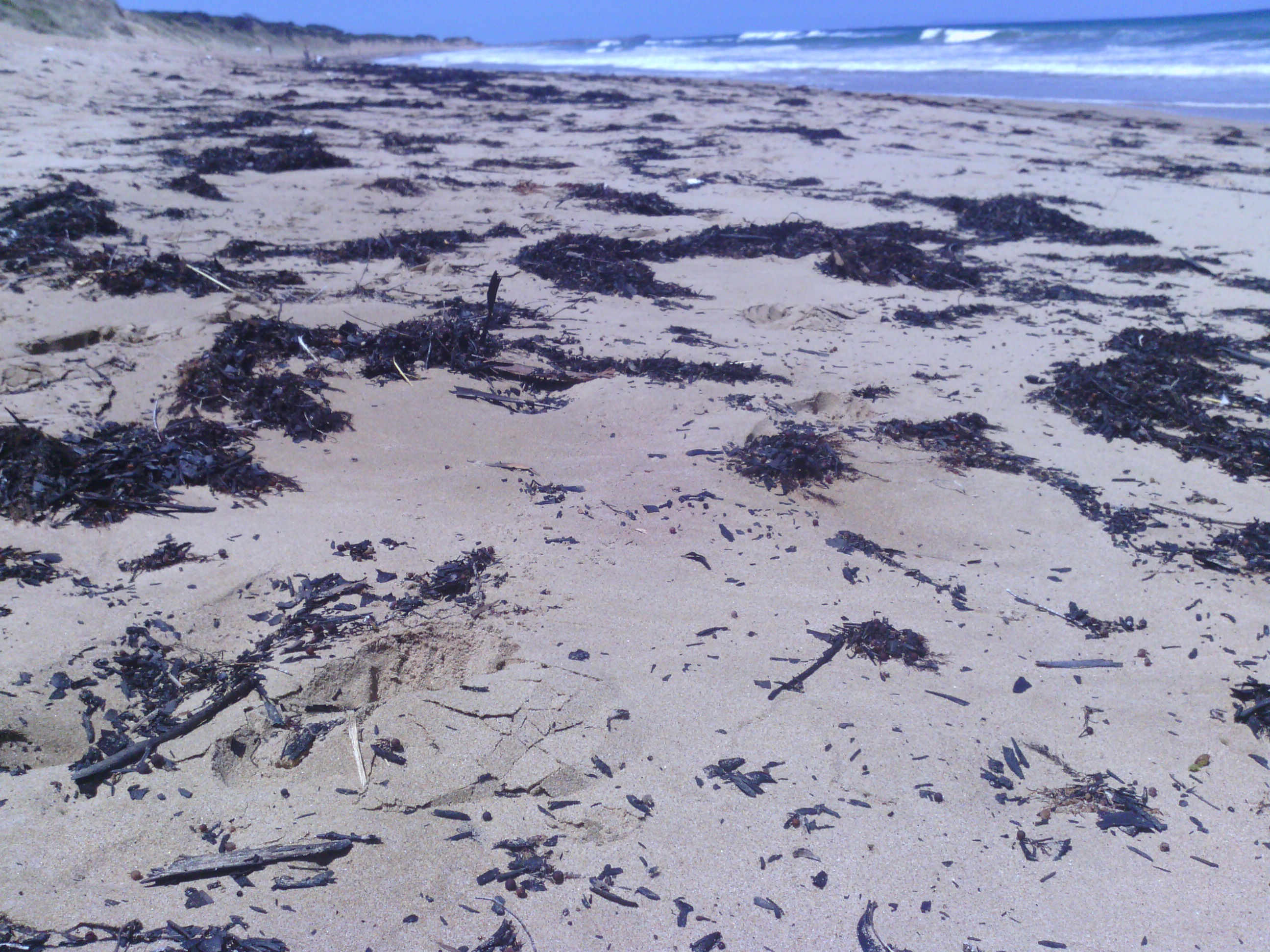


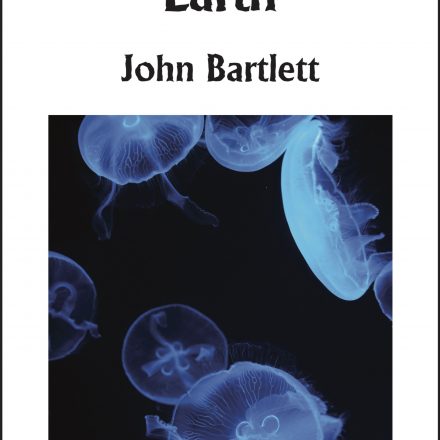


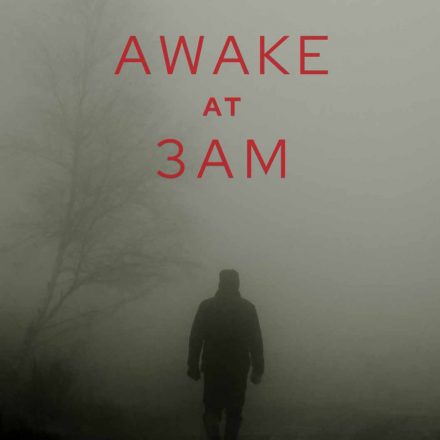


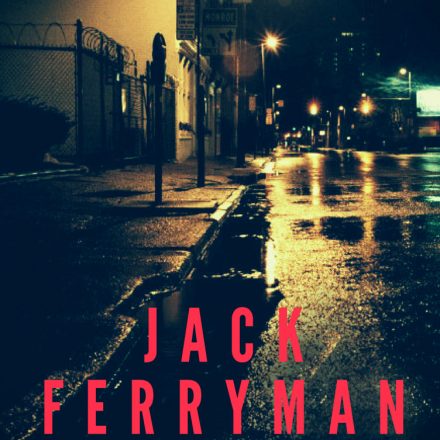
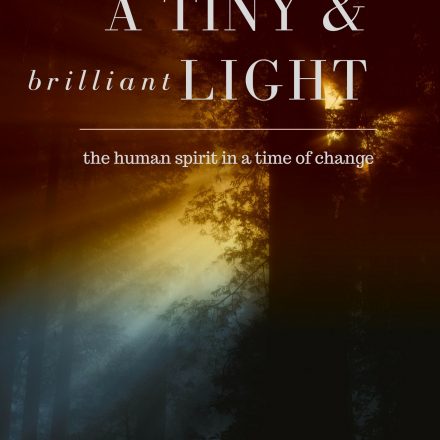









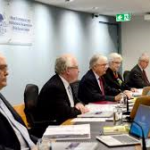
What more needs to be said? What more can be said?
You’ve said it all, John. This shameful story continues, with occasional intervals of relief such as the churches and some State governments offering sanctuary. When both sides of parliament and seemingly a majority of Australians approve of harsh treatment of asylum seekers who arrive by boat, public demonstrations, compassionate blogs and arguments for some humane policy can only provide snippets of hope in this bleak political landscape.
“Then this week Department of Immigration and Border Protection secretary Michael Pezzullo reproached the media for less than perfect reporting on child abuse in Nauru, …” When the Dept is so non-communicative about their actions, with no press access to the concentration camps in Nauru and Manus Island, and with limited access to the detention camps in Australia, why should he expect anything different from an occasional error in the stories which come out of those places?
With the present asylum seeker crisis in Turkey, Jordan, Lebanon and Europe, especially with some Europeans praising Australian harshness, I do not expect any relief in the foreseeable future.